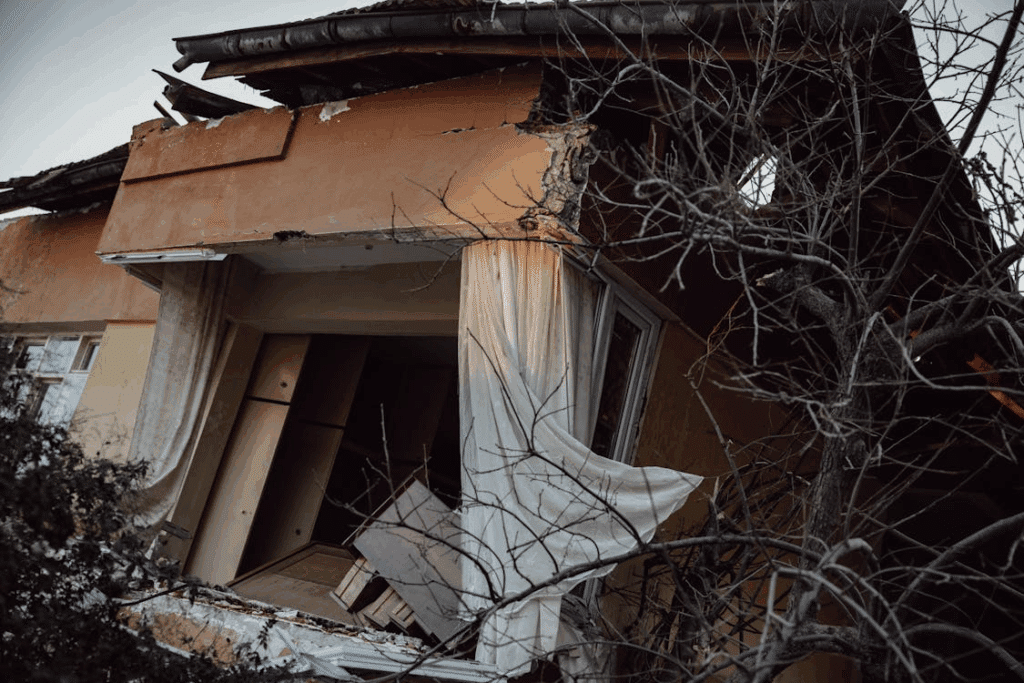Want to design buildings that actually stand a chance when the ground starts moving?
Earthquakes cause billions of dollars in damage and threaten countless lives each year. The National Earthquake Information Center reports that there are an average of 20,000 earthquakes annually — 16 of which are major catastrophes.
But here’s the thing:
Most buildings that collapse in earthquakes weren’t designed to resist lateral forces. They were only engineered to withstand vertical gravity loads.
The good news? Earthquake-resistant building technology has advanced to the point where buildings can withstand even the most massive quakes. The right Beca structural engineering services and advanced techniques can protect your building from forces that would have toppled structures just a few decades ago.
Today’s earthquake-resistant buildings use everything from shock absorbers to pendulums that swing in the opposite direction of an earthquake’s motion. And they work.
Let’s break down exactly how these systems keep buildings safe during earthquakes…
What you’ll discover:
- Why Traditional Buildings Fail During Earthquakes
- The Base Isolation Revolution
- Damping Systems That Actually Work
- Advanced Materials Making Buildings Flexible
- The Seismic Invisibility Cloak Technology
- Real-World Results From Recent Earthquakes
Why Traditional Buildings Fail During Earthquakes
Traditional buildings are sitting ducks when earthquakes strike.
Here’s why: They’re only designed to resist weight pushing down — not forces pushing side-to-side. When seismic waves move the ground, these lateral forces rip buildings apart at their weakest points.
Picture this:
A typical building is engineered to support its own weight, plus the people and furniture inside. That’s all vertical load. But an earthquake creates horizontal forces that can be stronger than the building’s own weight.
The result?
Columns snap. Walls crack. Connections fail.
What most people don’t realize… The “soft story” design that’s so prevalent in urban areas is basically an earthquake disaster waiting to happen. You know the type — commercial spaces on the ground floor with residential units above.
During California’s 1994 earthquake, 40 percent of all casualties were linked to this building type.
Spooky, right?
The Base Isolation Revolution
Remember how shock absorbers work in a car?
Engineers have taken that same principle and applied it to entire buildings. Instead of smoothing out bumps in the road, they’re absorbing earthquake energy before it can harm the structure.
Here’s the lowdown on base isolation:
The entire building sits on flexible pads made of steel, rubber, and lead. When an earthquake hits, these pads absorb and deflect the seismic energy. The ground moves, but the building stays relatively still.
It’s like setting your building on a giant cushion.
This system can cut earthquake forces by up to 80%. That’s the difference between pancake and minor damage.
But wait, there’s more…
Modern base isolation systems are now getting smarter. Some include:
- Sensors to detect ground movement
- Hydraulic systems to actively counteract forces
- Self-centering mechanisms to return the building to position
The tech has gotten so good that base-isolated buildings can continue operating during moderate quakes. People inside likely won’t even realize there’s an earthquake happening.
Damping Systems That Actually Work
What if your building could fight back against earthquake forces?
Well, it can — thanks to damping systems. These are basically giant shock absorbers installed throughout the building. Every floor gets its own set.
The most impressive kind?
Pendulum dampers. These engineering marvels use massive balls suspended from steel cables at the tops of skyscrapers. When the building sways one way, the pendulum swings the other way.
The pendulum balls can weigh hundreds of tons. And it works by:
- Moving in the opposite direction of the earthquake’s motion
- Dissipating energy through a hydraulic system
- Keeping the building stable during even violent shaking
Pretty awesome, right?
Advanced Materials Making Buildings Flexible
Forget everything you know about concrete buildings.
Earthquake-resistant structures use materials that bend without breaking. This property — called ductility — is what allows buildings to survive while others collapse.
Steel-reinforced concrete is the hero here.
Concrete by itself? It cracks and crumbles in an earthquake. But add some steel reinforcement, and you’ve got a building material that can flex and spring back into shape.
The steel serves a dual purpose:
- Makes walls more ductile
- Anchors walls to foundations
- Creates strong shear walls
Timber — yes, wood — is also making a comeback in earthquake zones. Its high strength-to-weight ratio means it can take serious shaking without collapsing.
The Seismic Invisibility Cloak Technology
Okay, this sounds like straight-up sci-fi, but it’s real.
Engineers have developed a “seismic invisibility cloak” that redirects earthquake waves around buildings. Instead of trying to resist the forces, this tech makes buildings invisible to seismic waves.
Let’s dive into how it works:
This cloak system uses 100 concentric rings of plastic and concrete buried at least 3 feet below the foundation. Seismic waves hit the inner rings, and the cloak forces them to travel through the outer rings instead of the building.
The waves essentially flow around the structure like water around a rock.
The tech is still in the testing phase, but early results are mind-blowing. Buildings protected by these cloaks experience dramatically reduced shaking.
Real-World Results From Recent Earthquakes
Time to look at what actually happens when these technologies face real earthquakes.
Japan’s 2024 earthquake proved the systems work. Despite a magnitude 7.6 quake, modern buildings with proper earthquake-resistant design came through with minimal damage. The death toll was tragic at over 200 people, but it could have been thousands without modern building techniques.
Compare this to places where these technologies aren’t used…
Turkey’s 2023 quakes killed over 50,000 people. Most fatalities were from building collapses — especially older structures and those “soft story” buildings I mentioned above.
The difference is stark:
- Japan (with modern techniques): 200+ deaths from 7.6 magnitude
- Turkey (without): 50,000+ deaths from similar magnitude
And get this… In a major California earthquake scenario, engineers expect only 1,500 buildings would collapse out of a total of 30,000 buildings.
That’s less than 5% — even in a monster earthquake.
Earthquake-resistant building design is quite literally saving thousands of lives.
Wrapping It Up
Earthquake-resistant building technology has come a long way.
From base isolation to damping systems to seismic invisibility cloaks — we now have tools that can protect buildings from even the largest earthquakes.
The key takeaways:
- Traditional buildings fail because they can’t resist lateral forces
- Base isolation can reduce earthquake forces by 80%
- Damping systems actively fight against seismic motion
- Modern materials provide flexibility without sacrificing strength
- There are new technologies that can literally make buildings invisible to earthquakes
These aren’t experimental technologies anymore. These are proven systems being used in thousands of buildings around the world.
Investment in earthquake-resistant design pays for itself. Not just in terms of lives saved, but also in terms of buildings that remain functional when an earthquake hits.
Because here’s the reality:
It’s not a question of if an earthquake will happen. It’s a question of when.
When that day comes, the buildings with the proper earthquake-resistant design will be the ones that are left standing.

